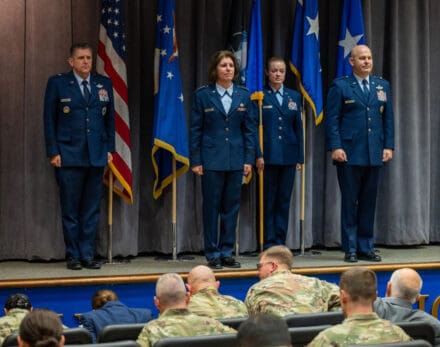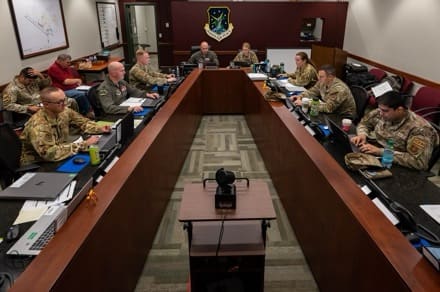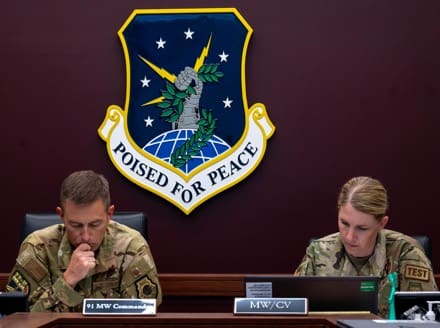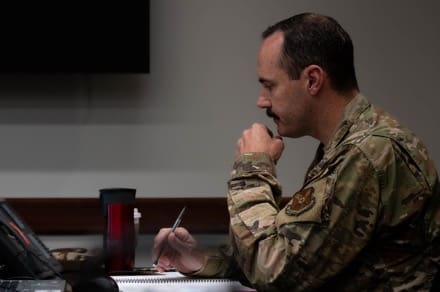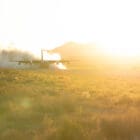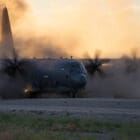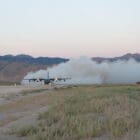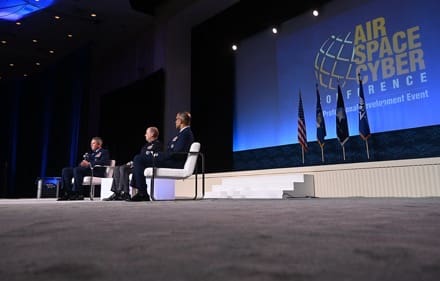CANNON AIR FORCE BASE, N.M. —
The 27th Special Operations Wing conducted its first Combat Readiness Inspection as a part of Emerald Warrior 24 FTX II in various locations throughout the western United States, Aug. 4 to Aug. 9, 2024.
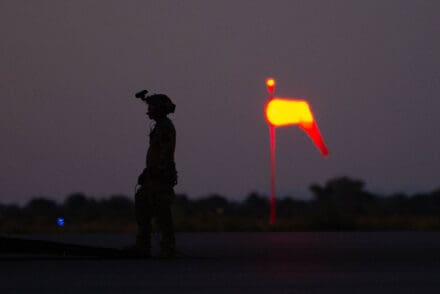
The CRI is a new Air Force Special Operations Command assessment method designed to better evaluate a wing’s combat readiness for high-end operations. AFSOC’s pivot toward Great Power Competition requires its units to be pushed to their limits, encouraging them to boldly take risks and try new tactics and techniques. The CRI provides units the “freedom to fail” in a controlled exercise environment, ensuring any failures are viewed as opportunities for learning and growth, rather than punishments or setbacks.
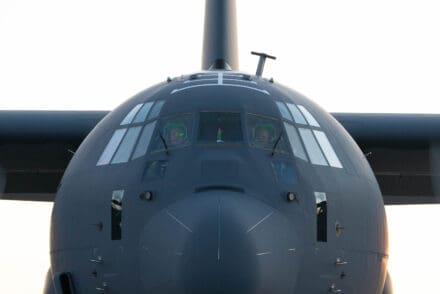
A key element of the CRI is focusing on the performance of mission-essential tasks in a robust threat environment, helping units better prepare for the complexities inherent to real-world operations against pacing challenges.
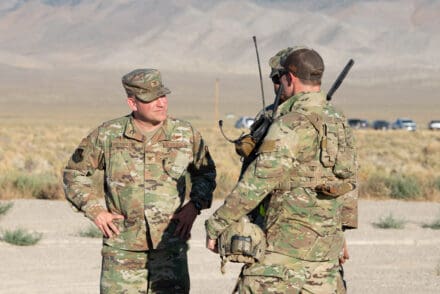
“Overall, the 27th Special Operations Wing set the benchmark for the future of Combat Readiness Inspections” said Lt. Gen. Mike Conley, AFSOC commander. “The goal for this event was never perfection. We wanted the Wing to be all in, face tough challenges, discover areas for improvement, and work together to problem solve for the future…and they did just that. The CRI was a true reflection of AFSOC culture – a willingness to take on challenges that others may shy away from, even when success isn’t guaranteed. This mindset is key as we learn, grow, and continuously improve our readiness for current and future conflicts.”
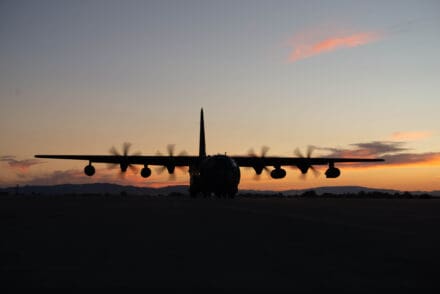
The 27th SOW implemented the CRI as a part of an already existing high-end readiness exercise, Emerald Warrior, to identify opportunities for improvement, innovate training approaches and align its programs with the latest advancements in technology, tactics and strategic objectives.
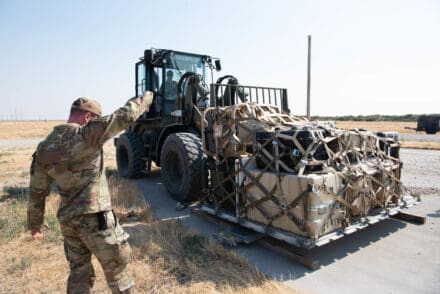
The CRI brought U.S. Air Force Lt. Gen. Stephen Davis, Department of the Air Force Inspector General, to Cannon AFB to observe AFSOC’s premier readiness wing execute the CRI. While at Cannon AFB, Davis attended several battle staff events to ensure the inspection was as realistic as possible, highlighting the focus on combat readiness and accurately assessing the readiness required to succeed against pacing challenges across the spectrum of competition, including conflict.
“We were the first to do this new type of exercise, pathfinding for AFSOC,” said Col. Cary Mittelmark, 27th SOW deputy commander for operations. “We were able to validate some of the Agile Combat Employment concepts that AFSOC has been working hard at for the last couple years.”
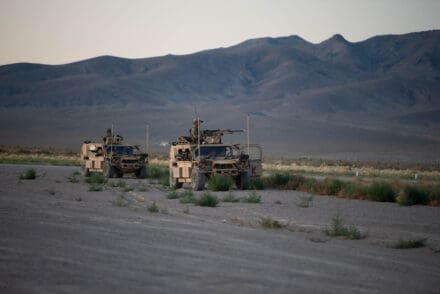
During the CRI, inspectors evaluated the capabilities of a 27th SOW Special Operations Task Group, comprised of multiple aviation, Special Tactics and Mission Sustainment Team Special Operations Task Units.
Throughout the inspection, the 27th SOW MST established and secured one primary forward operating base and two geographically separated forward operating locations across Idaho and Nevada, sustaining 200 personnel while providing the placement, access and survivability required to conduct a variety of air and ground operations.
After a base of operations was established, Special Tactics Airmen from the 24th Special Operations Wing worked with the 27th SOW MST, AC-130JGhostrider, MC-130J Commando II and U-28 Draco crews to execute a variety of AFSOC core missions, including SOF mobility, strike Intelligence, Surveillance and Reconnaissance (ISR) and air to ground integration.
Prioritizing readiness based on overall mission effectiveness rather than functional competence will ensure AFSOC’s continued ability to rapidly project unconventional airpower for the joint force globally, a task The Steadfast Line executes day-in and day-out.
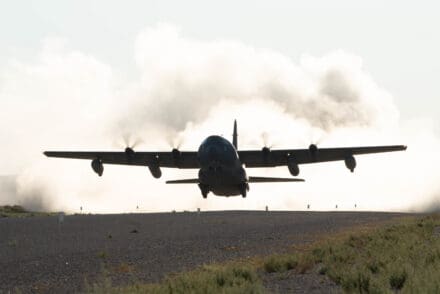
Throughout the inspection, the 27th SOW MST established and secured one primary forward operating base and two geographically separated forward operating locations across Idaho and Nevada, sustaining 200 personnel while providing the placement, access and survivability required to conduct a variety of air and ground operations.
After a base of operations was established, Special Tactics Airmen from the 24th Special Operations Wing worked with the 27th SOW MST, AC-130JGhostrider, MC-130J Commando II and U-28 Draco crews to execute a variety of AFSOC core missions, including SOF mobility, strike Intelligence, Surveillance and Reconnaissance (ISR) and air to ground integration.
Prioritizing readiness based on overall mission effectiveness rather than functional competence will ensure AFSOC’s continued ability to rapidly project unconventional airpower for the joint force globally, a task The Steadfast Line executes day-in and day-out.
By Staff Sergeant Kevin Williams
27th Special Operations Wing Public Affairs


